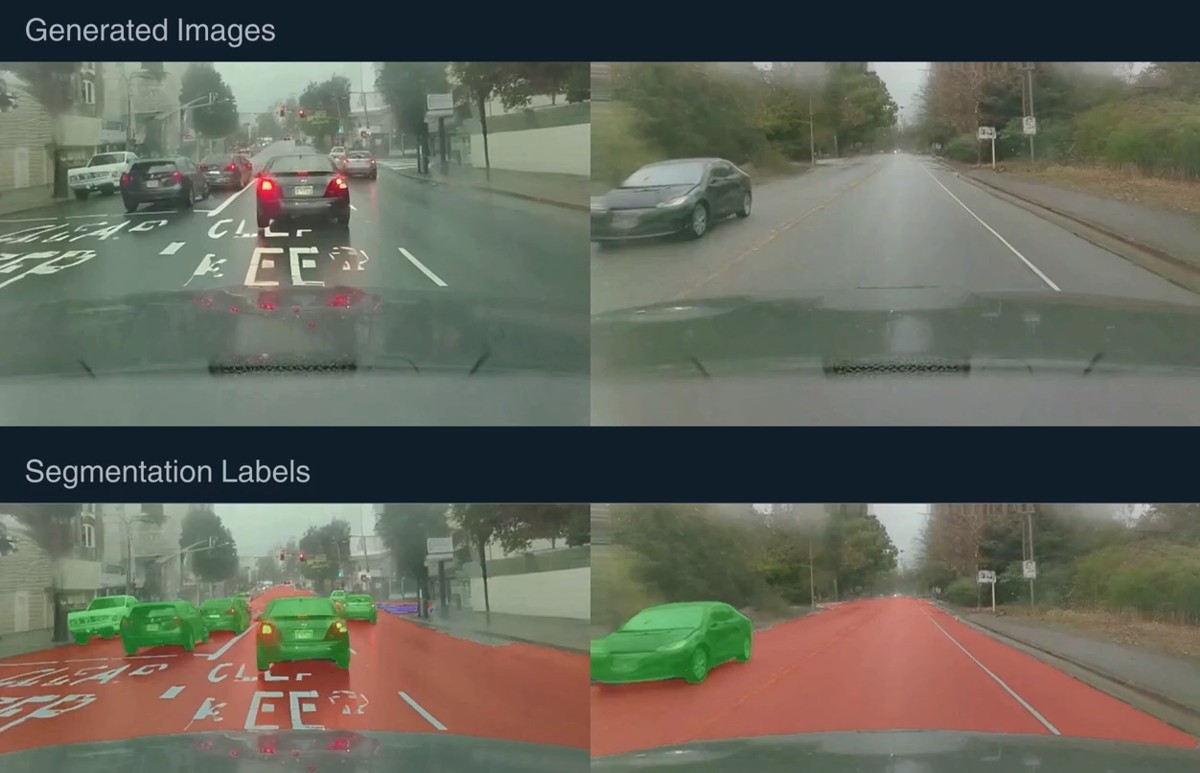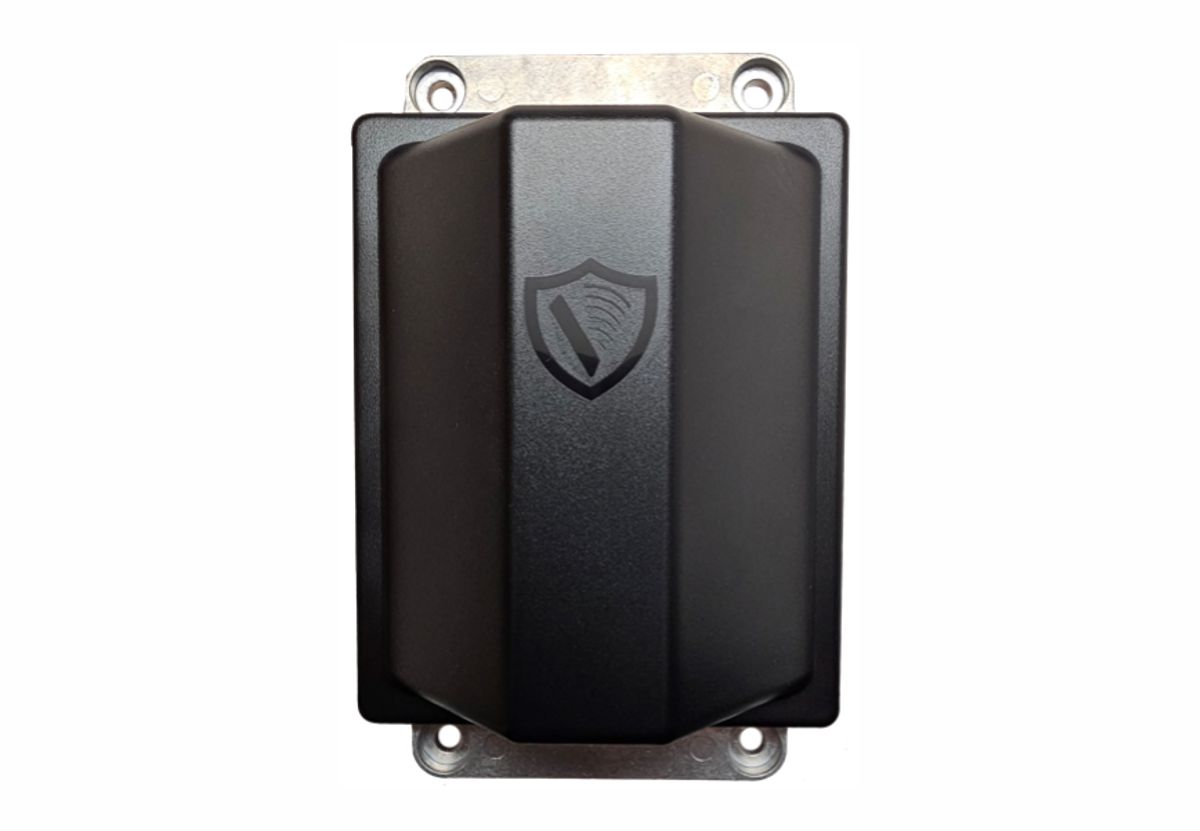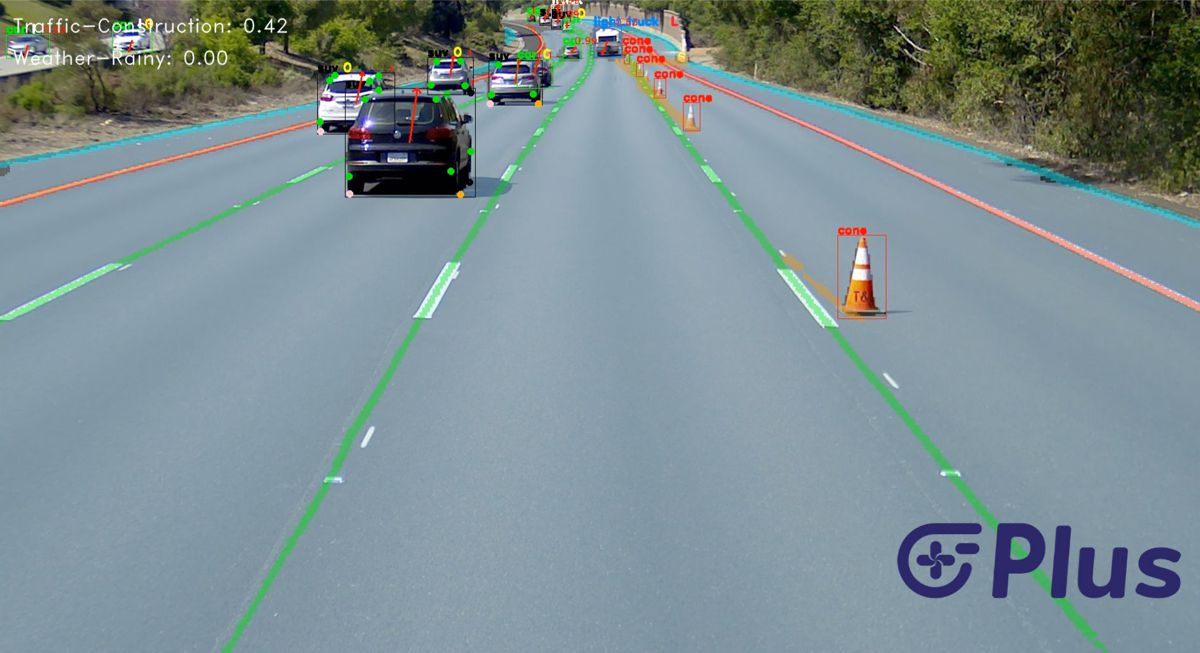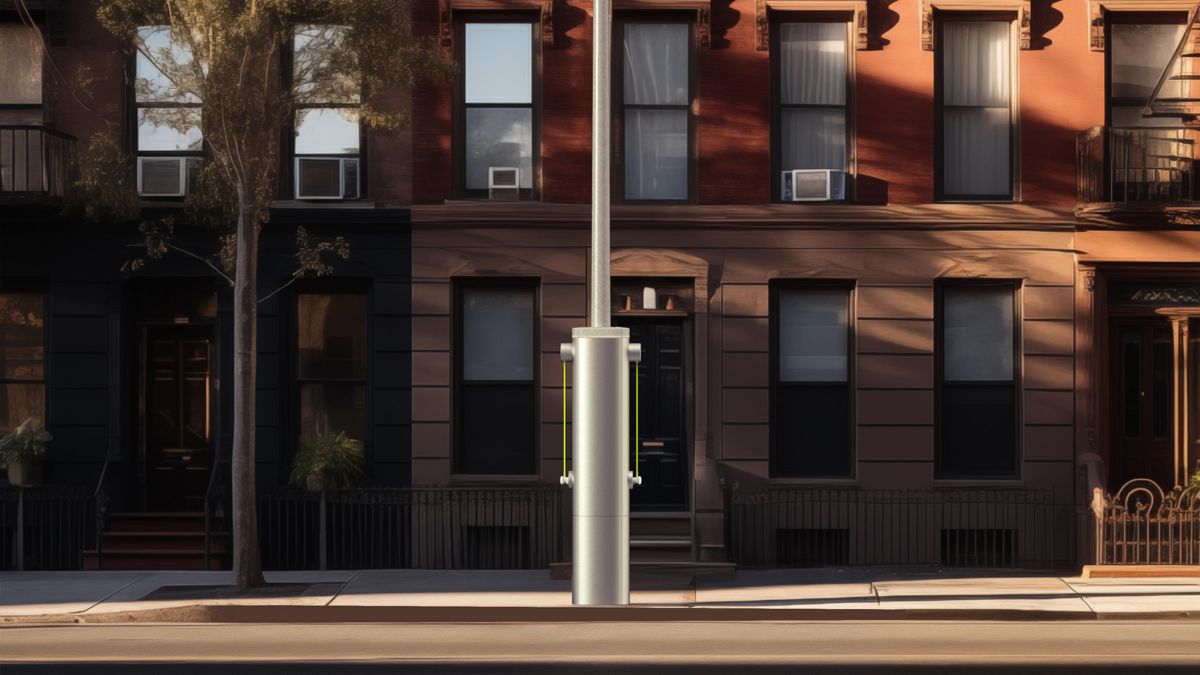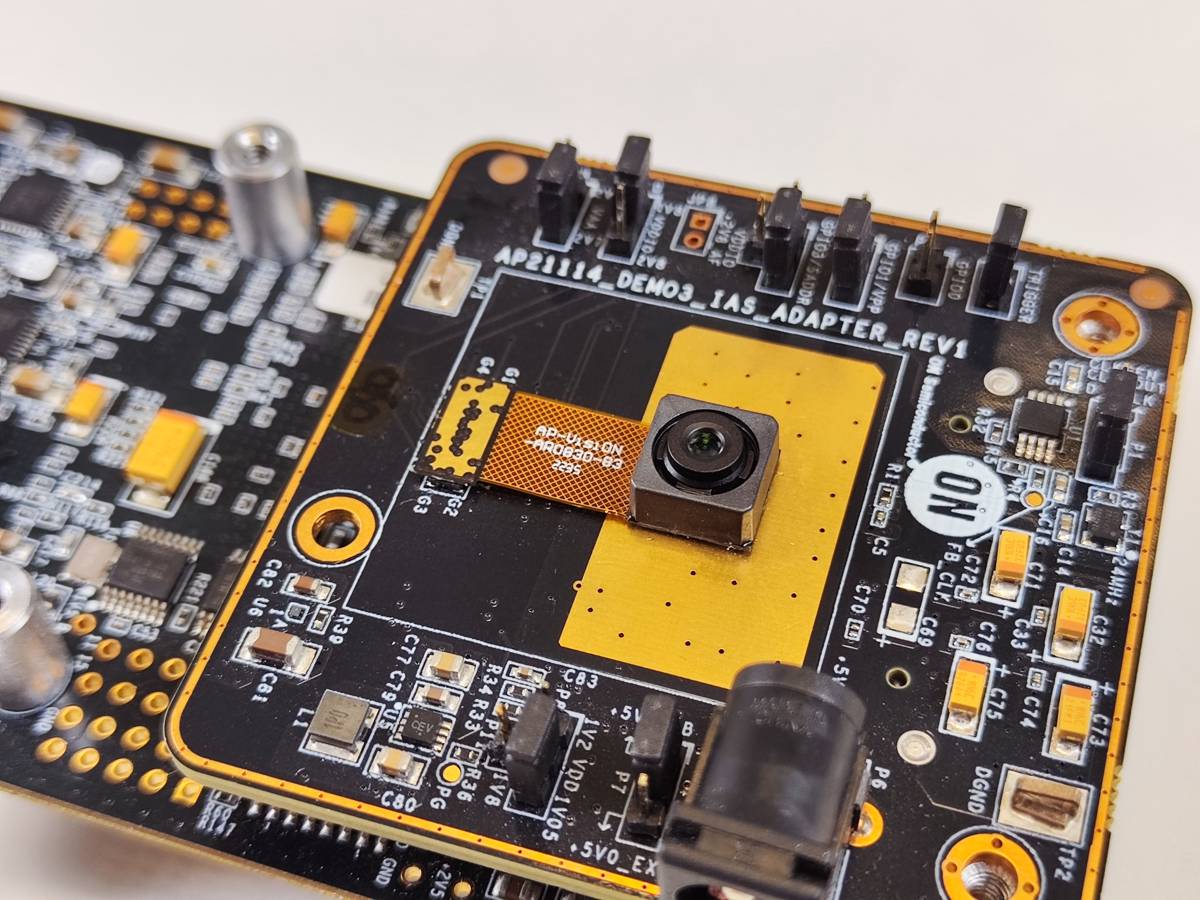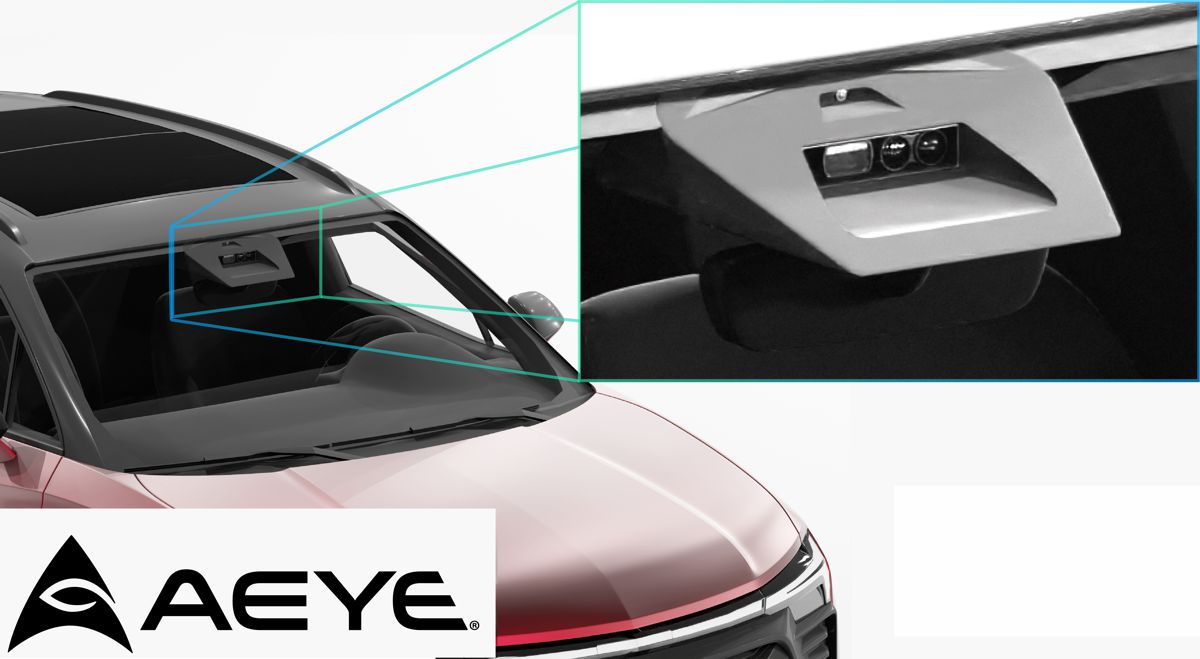TRL analysis enables legislation to drive greener and safer trucks
Analysis by TRL has enabled ground-breaking legislation to be passed regarding European truck cab designs that could prevent up to 1,200 killed or seriously injured (KSI) pedestrians and cyclists over the next ten years. One year on, streamlined truck cab designs are closer to reality and may be seen on our roads sooner than you think.
EU lawmakers voted in February 2019 to relax restrictions on truck cab lengths, in return for the adoption of cab design requirements that improve aerodynamics and will reduce the 4,200 truck associated road deaths and serious injuries experienced by European cyclists and pedestrians each year.
Underpinning this decision was TRL’s industry leading clustered cost-benefit analysis that evaluated a range of vehicle safety features both separately and in combination with each other. TRL’s report enabled EU regulators to assess the cost-effectiveness of the range of potential policy options and prioritise these based on their potential to improve the safety of longer truck cab designs for vulnerable road users (VRUs).
The principle aim of this project was to analyse the impact of “enhanced truck front ends” on VRU and car passenger safety. The scope of this research involved the evaluation of over 100 cluster combinations for six potential safety features that included:
- Direct Vision: improvements to the field of vision available to drivers for directly observing and detecting the presence of VRUs in close proximity to the truck front end through the glazed areas of the cab.
- Indirect Vision: enhancements to the field of vision available to drivers for indirectly observing and detecting the presence of VRUs in close proximity to the truck front end through both passive camera-monitor systems and ultrasonic warning systems.
- VRU Impact Protection: advanced structural component designs, excluding the front underrun protection system, that both reduces the severity of the initial impact and directs the VRU away from the truck tyres during a collision.
- Front Underrun Protection: enhanced truck chassis designs to reduce the severity of collisions with cars by minimising their intrusion into the occupant survival space.
- VRU Airbag: an active device that detects or predicts the occurrence of a VRU collision to trigger and deploy an airbag to protect VRUs during impact.

Through this comprehensive clustered cost-benefit analysis, TRL paved the way for an additional 80-90 cm of truck cab length to be permitted in return for superior aerodynamics, enhanced driver vision, reductions in VRU run overs and improvements in driver comfort. New European truck cab designs are therefore expected to include larger windscreens to improve driver vision, as well as using tapered cabs to both enable increasingly streamlined front ends that will reduce fuel usage and CO² emissions and better deflect VRUs away from the truck wheels during a collision.
“Excitingly, the benefits of such ‘enhanced truck front end designs’ may be felt in the very near future – with longer truck cab designs permitted on Europe’s roads from 1st September 2020,” explains Dr Phil Martin, Head of Biomechanics at TRL.
James Nix, Freight Director at Transport & Environment (T&E), who campaigned for the introduction of the legislation explains: “European truck cabs have been shaped like bricks for the past fifty years. That’s set to change thanks to the reform of EU Weights & Dimensions law. From 1 Sept 2020 a new cab type can be placed on the market, curving back at the sides and front. Its improved aerodynamics will cut fuel use and emissions. The new shape gives real scope to improve vision and reduce collision severity for pedestrians, cyclists and car occupants”.
Dr Martin adds: “Throughout this project, TRL’s role was to evaluate the cost-effectiveness of a range of safety measures in terms of their impact on VRU and car occupant safety. This was evidenced by a systematic review and critical appraisal of the literature to establish the relevant casualties, the potential effectiveness of these solutions and the cost ranges associated with each safety measure. The effects of clustering the casualty reducing benefits and production-related costs were then calculated, with the benefit-cost ratios of each individual safety measure and cluster ranked in order of cost-effectiveness to support the European Commission strategically develop its preferred implementation policy.”
“This is a fantastic example of how TRL’s research and extensive consultation support is having a significant impact on the future of international legislation,” continues Dr Martin. “It is estimated that the introduction of longer aerodynamic truck cab designs to EU fleets could prevent up to 1,200 killed or seriously injured (KSI) VRUs over the next ten years, whilst potentially reducing fuel consumption and emissions by up to ten per cent.”



